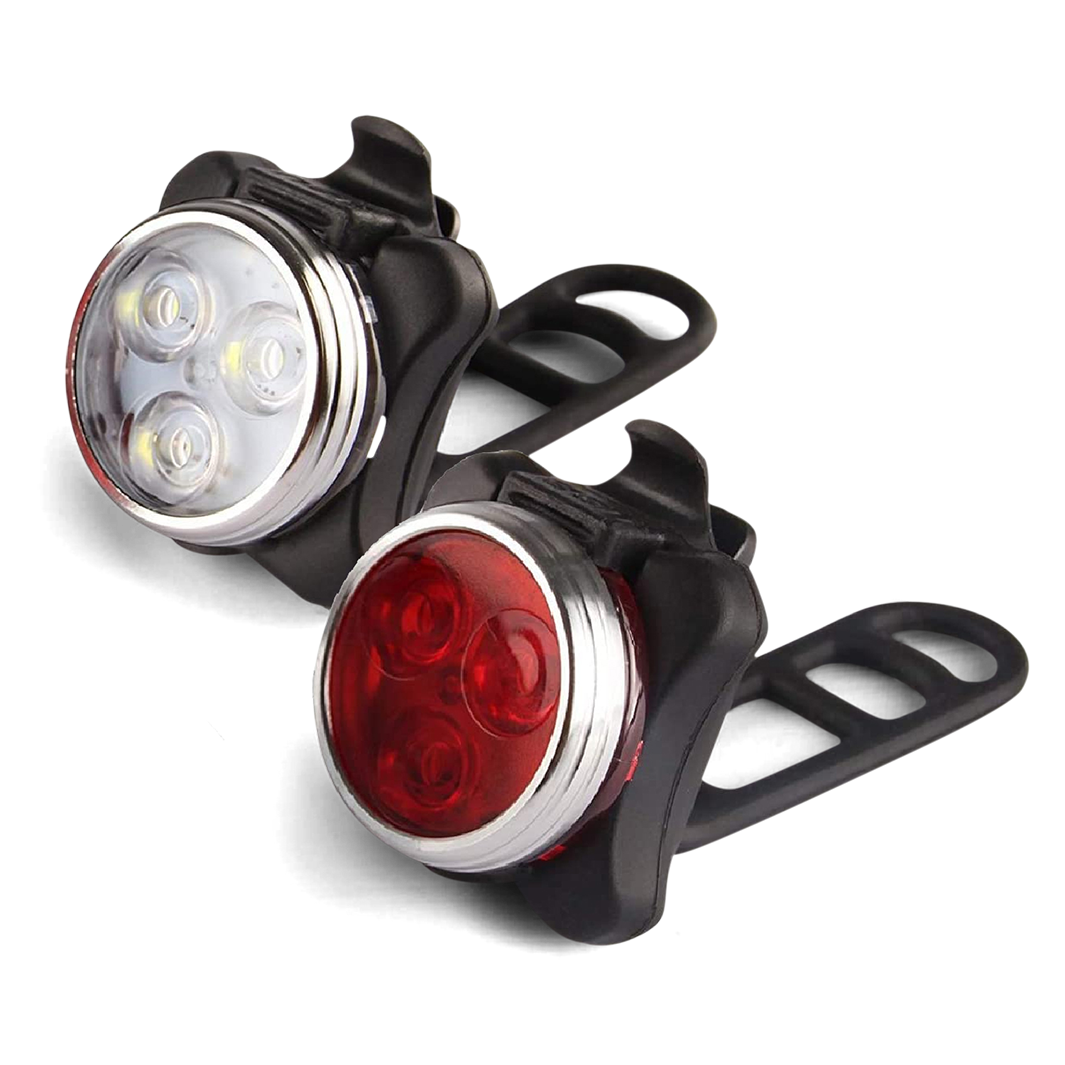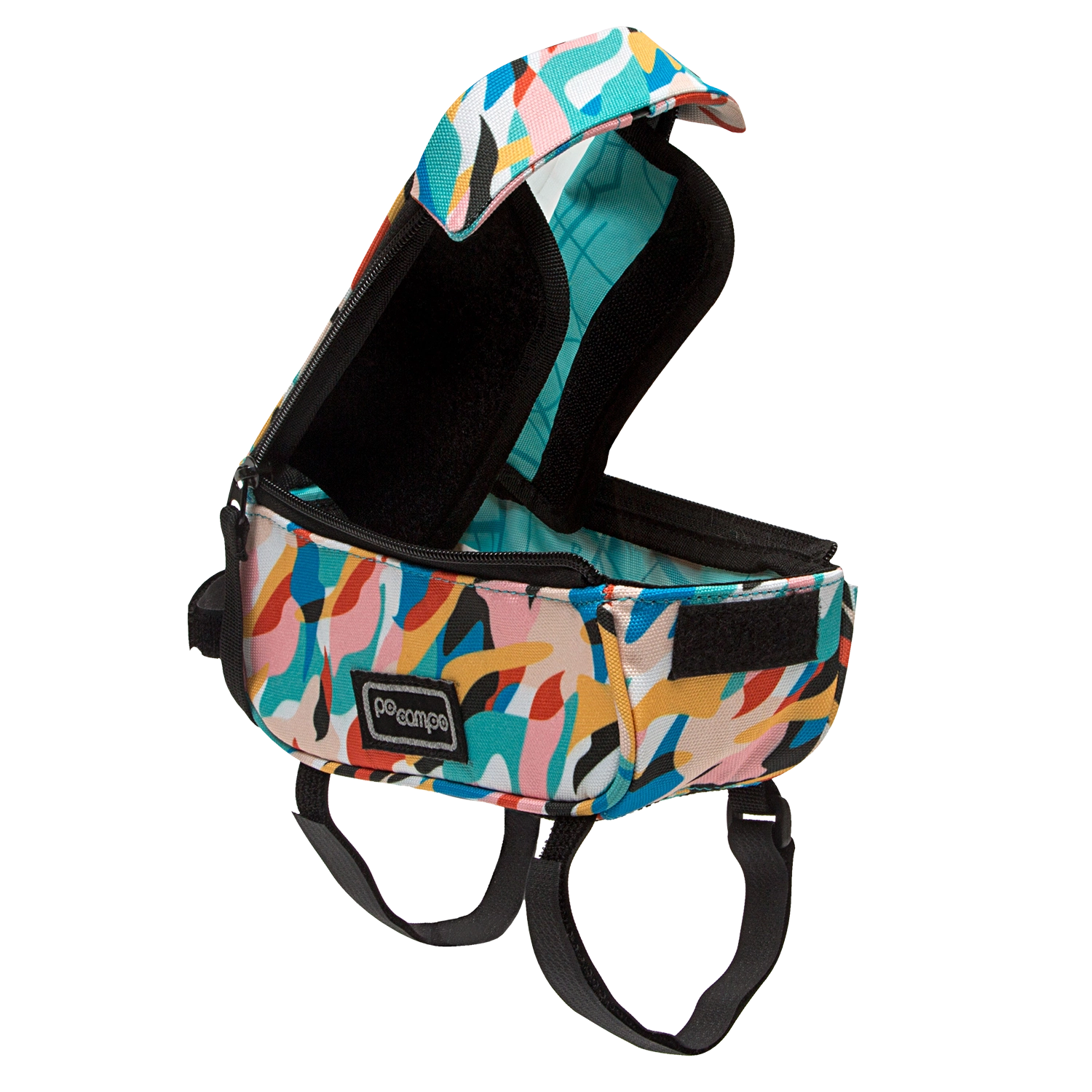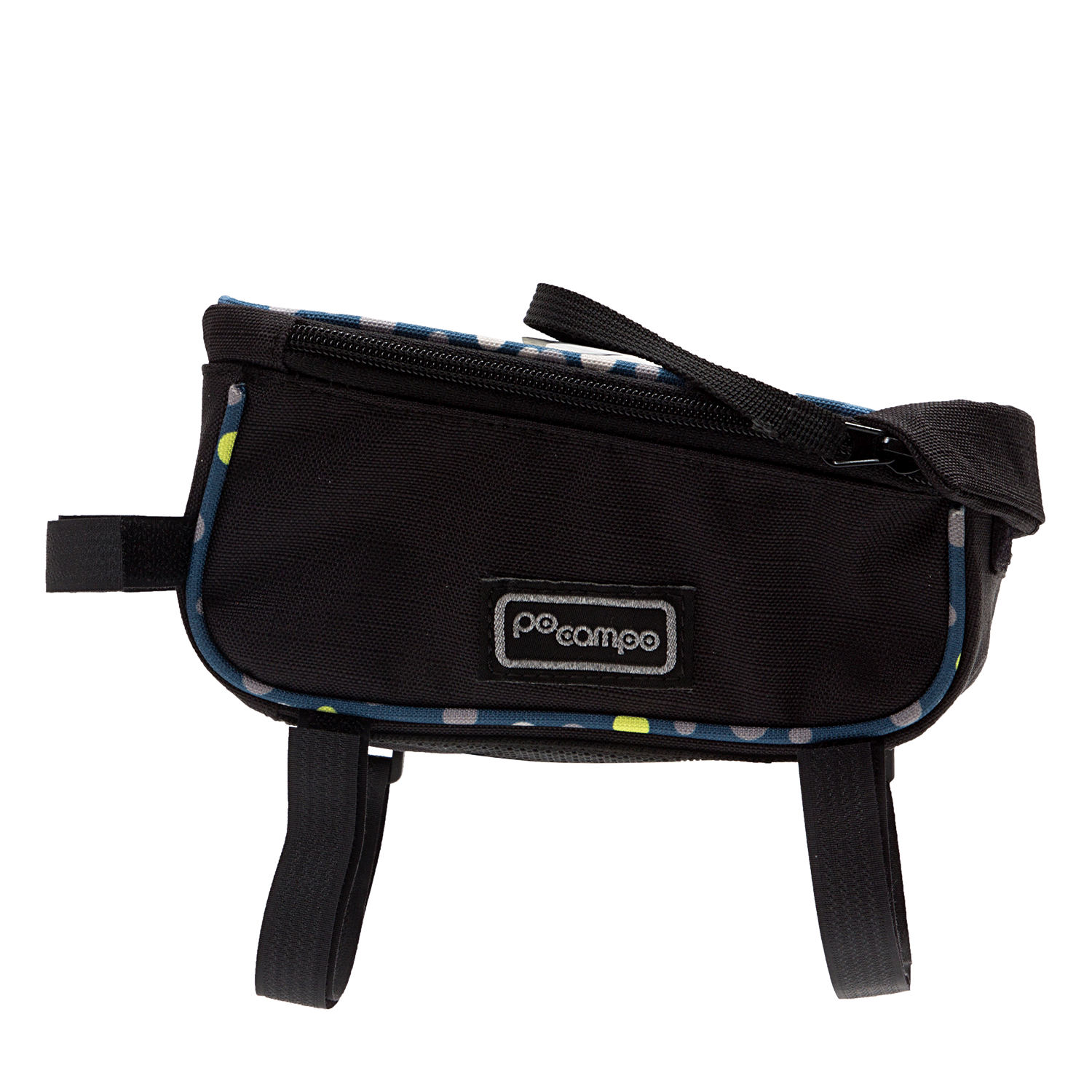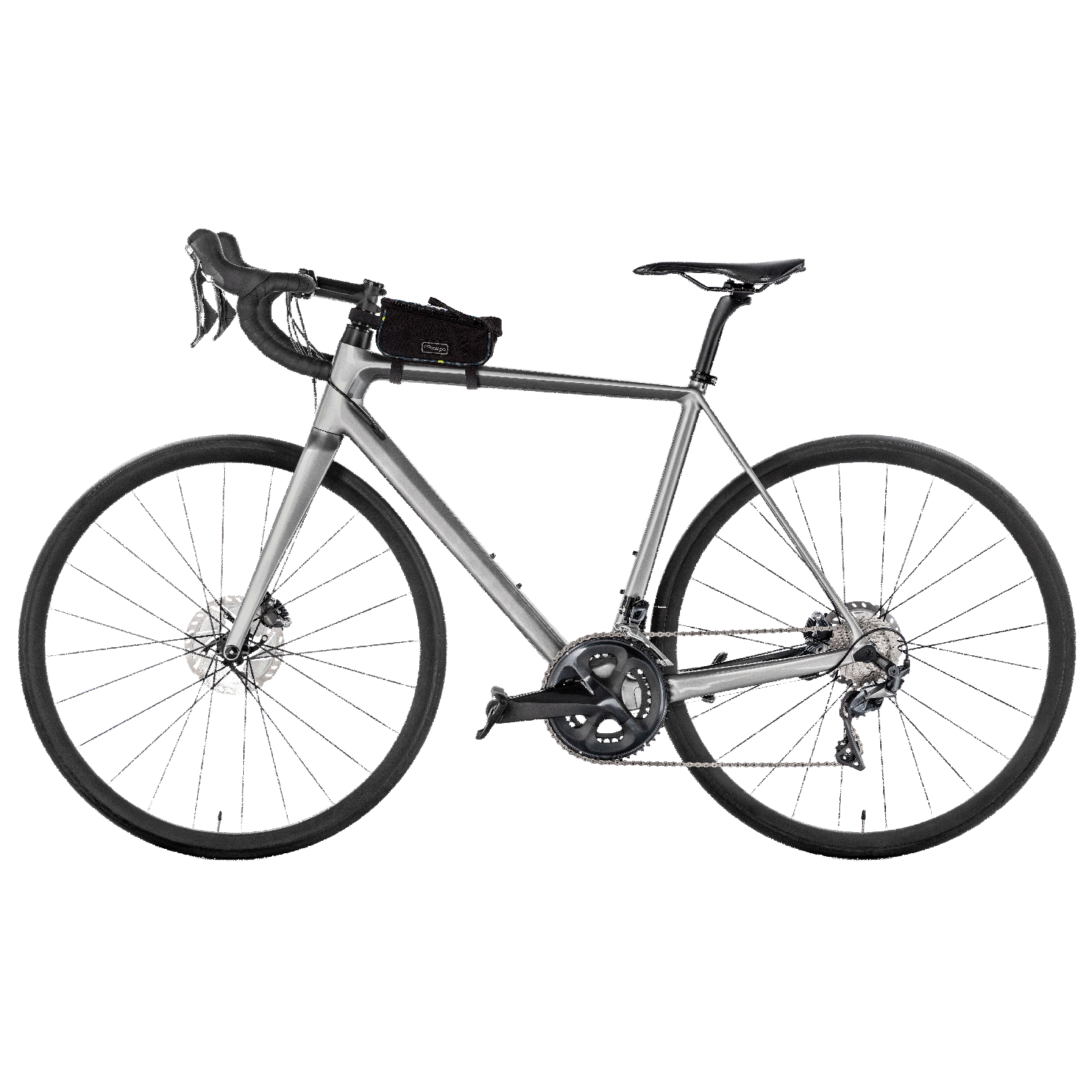The pros and cons of riding in the city versus riding in the suburbs - read all about in this blog post!
This is a guest blog post from Judy, one of our Minneapolis brand ambassadors.
When I think of bicycling in the city, an image that comes to my mind is being surrounded by dense housing and businesses, lots of people moving around, feeling the hub of activity. So moving to a suburb recently has given me an insight into urban vs. suburban riding. Once the modern suburb was created, there was a rush to move out of a crowded busy urban lifestyle and into the quiet spaciousness once called “bedroom communities”. Suburbs were designed with buses, trains, or motor vehicles in mind that allowed people to move farther away from employment or shopping centers while having transportation options to easily take them in and out of their communities. This now means my commute into the city is a longer ride and sometimes involves multi-modes—riding to a bus or a train station before completing the journey by bike.
 Photo credit: TheNewDaily.com.au
Photo credit: TheNewDaily.com.au
Suburban riding provides a mix of unique opportunities for a utilitarian cyclist like me who chooses a bicycle as a means of transportation for errands, to get to work or school, or to meet up with friends. Getting around this environment involves some creative way-finding to get to my destination. Typically, they are set up with larger arteries with traffic at high speed, funneling into smaller streets—some with bike lanes or not, trails or not—and often with non-connecting routes. Whether you’re riding in town or in a bedroom community, knowing how to ride safely gives you the confidence to ride in any condition.
Most states now classify a bicycle as another vehicle on the road – giving me the same rights and responsibilities as any other vehicle on the road. This is especially important in the suburbs when there may be occasion for me to ride roads to connect to the next section of trail or to a less congested road. A cyclist is allowed to take their place in the traffic lane legally—placing me in a visible, safer position. Motorists must give a three-foot clearance, when it is safe to pass. A lot of prayers are often said when riding the busier roads; hoping other drivers know this too! I’m also glad for the opportunity to work with our local city planner to make my community less car centric and more pedestrian/bicycle friendly.
 With urban riding, there is all the activity of city life, with lots of stop and go traffic, even for cyclists. In suburban riding, there is more open space in which to ride, with longer expanses of road to travel. In my community, there are quiet, large parks and preserves; along with more rural roads as a draw from the hectic life of urban living. Riding scenic trails in these parks carries me through this retreat, which offer glimpses of wildlife – a deer and her fawn, chipmunks scurrying across the trail, egrets in the ponds, eagles flying above.
With urban riding, there is all the activity of city life, with lots of stop and go traffic, even for cyclists. In suburban riding, there is more open space in which to ride, with longer expanses of road to travel. In my community, there are quiet, large parks and preserves; along with more rural roads as a draw from the hectic life of urban living. Riding scenic trails in these parks carries me through this retreat, which offer glimpses of wildlife – a deer and her fawn, chipmunks scurrying across the trail, egrets in the ponds, eagles flying above.
Bicycling in the suburbs has its challenges as well where riding may become more about the journey than just a ride. With urban riding, restaurants and stores are just around the corner. The trip to the grocery store in the suburbs may still be within a five-mile distance; however, getting there by bike may involve a little extra distance riding the gamut of lengthy blocks riding with traffic at faster speeds, with a mix of on and off road routes, incomplete, unconnected routes, and few internal connections through the circuitous cul-de-sac developments. Restaurants may also be nearby, but they are usually the large chains that lack diversity and charm.
Whether you prefer urban offerings of unique stores and restaurants within an easy distance to where you live or the quiet spaciousness that suburbs provide, being prepared adapting to changes in your environment gives you to explore the differences between urban and suburban riding. Remember, it’s all about the journey. But whether you ride urban or suburban, a Po Campo bag is available to carry whatever you need. Like the Kinga Handlebar bag bike purse, for example. Designed to fit all handlebars, it attaches using adjustable and secure Velcro straps. Off the bike, it converts into a cross body bag to carry with you once you’ve reached your journey. It’s large enough to carry your wallet and a Smartphone, and light enough to carry on your handlebars.
About Judy

Other Blog Posts You May Like
Strategies for (Bike) Commuting in Your Business Suit


































